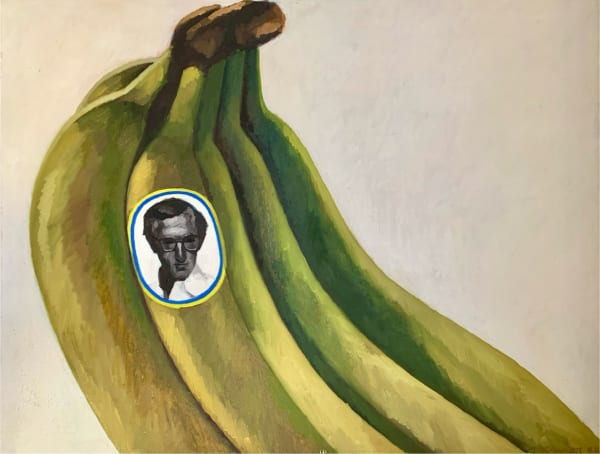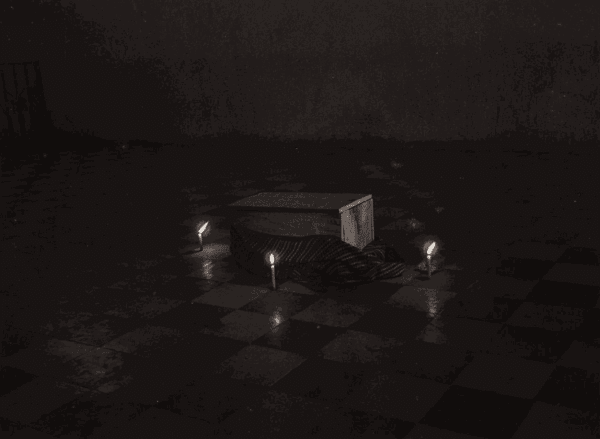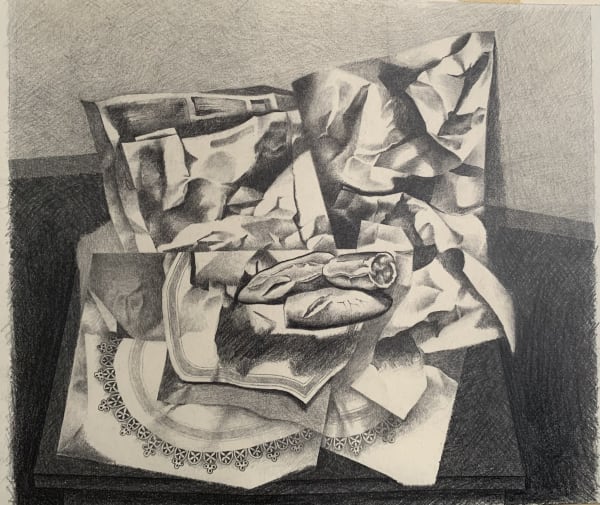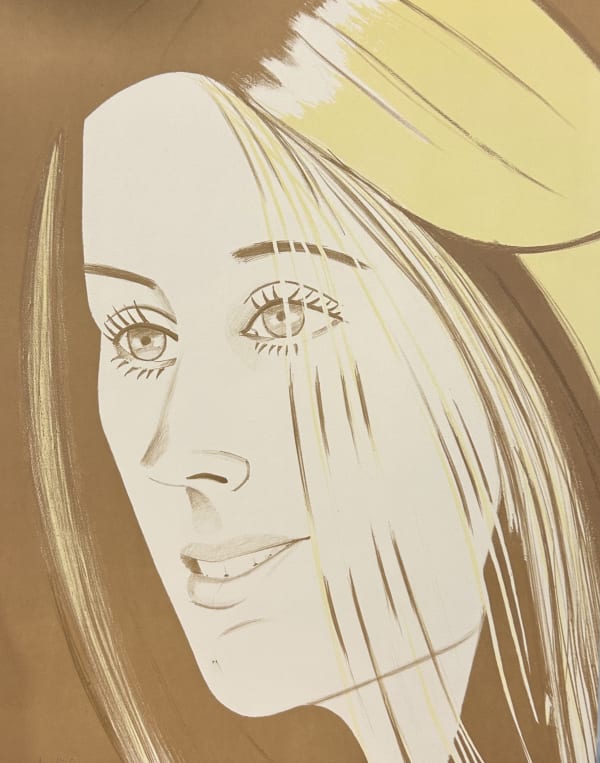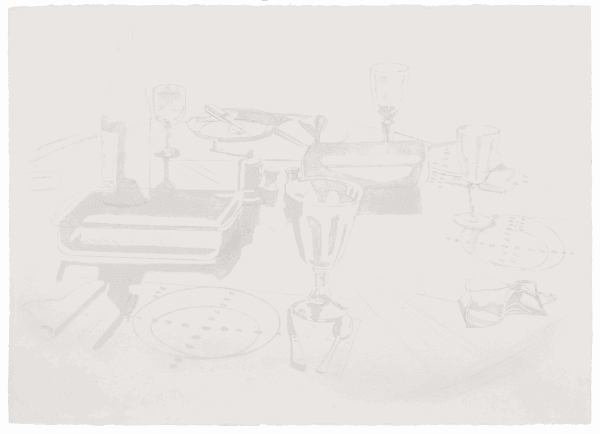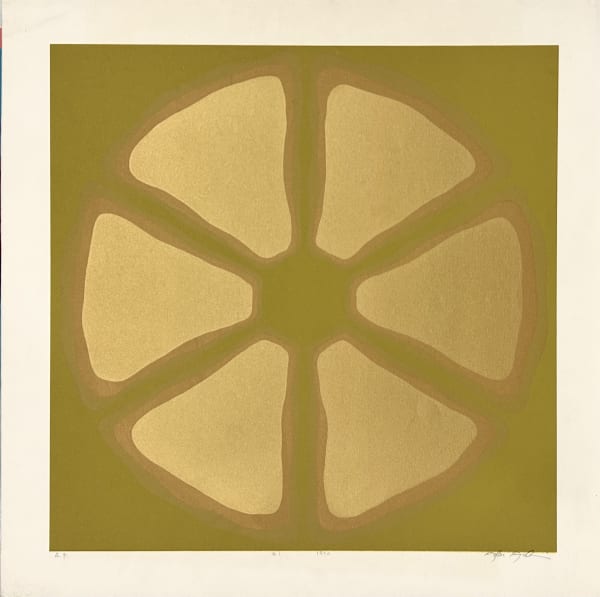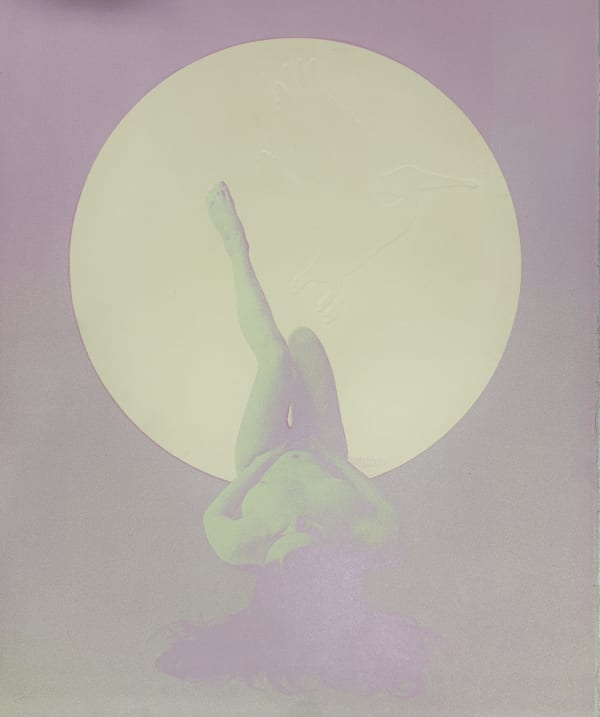-
 ERWIN GUILLERMO, El Arca, 2000
ERWIN GUILLERMO, El Arca, 2000 -
 MOISES BARRIOS, WOODY BANANAS, 1997
MOISES BARRIOS, WOODY BANANAS, 1997 -
 FLOR GARDUÑO, Regreso a la Tierra, 1995
FLOR GARDUÑO, Regreso a la Tierra, 1995 -
 JESÚS MARCOS, BODEGÓN, 1983
JESÚS MARCOS, BODEGÓN, 1983 -
 MOISES BARRIOS, QUE MAL ANDAN LAS COSAS, 1981
MOISES BARRIOS, QUE MAL ANDAN LAS COSAS, 1981 -
 ROMARE BEARDEN, Caribbean Landscape, 1980
ROMARE BEARDEN, Caribbean Landscape, 1980 -
 ALEX KATZ, Caroline, 1977
ALEX KATZ, Caroline, 1977 -
 ALEX KATZ, Still life, 1974
ALEX KATZ, Still life, 1974 -
 HAROLD KRÜSSEL, Enclosed Loop, 1973
HAROLD KRÜSSEL, Enclosed Loop, 1973 -
 NOBU FUKUI, #1, 1970
NOBU FUKUI, #1, 1970 -
 MEL RAMOS, Pelicana, 1969
MEL RAMOS, Pelicana, 1969 -
 GEORGE ROCHEGROSSE, Ursus meets Homo (page 12), 1886
GEORGE ROCHEGROSSE, Ursus meets Homo (page 12), 1886

